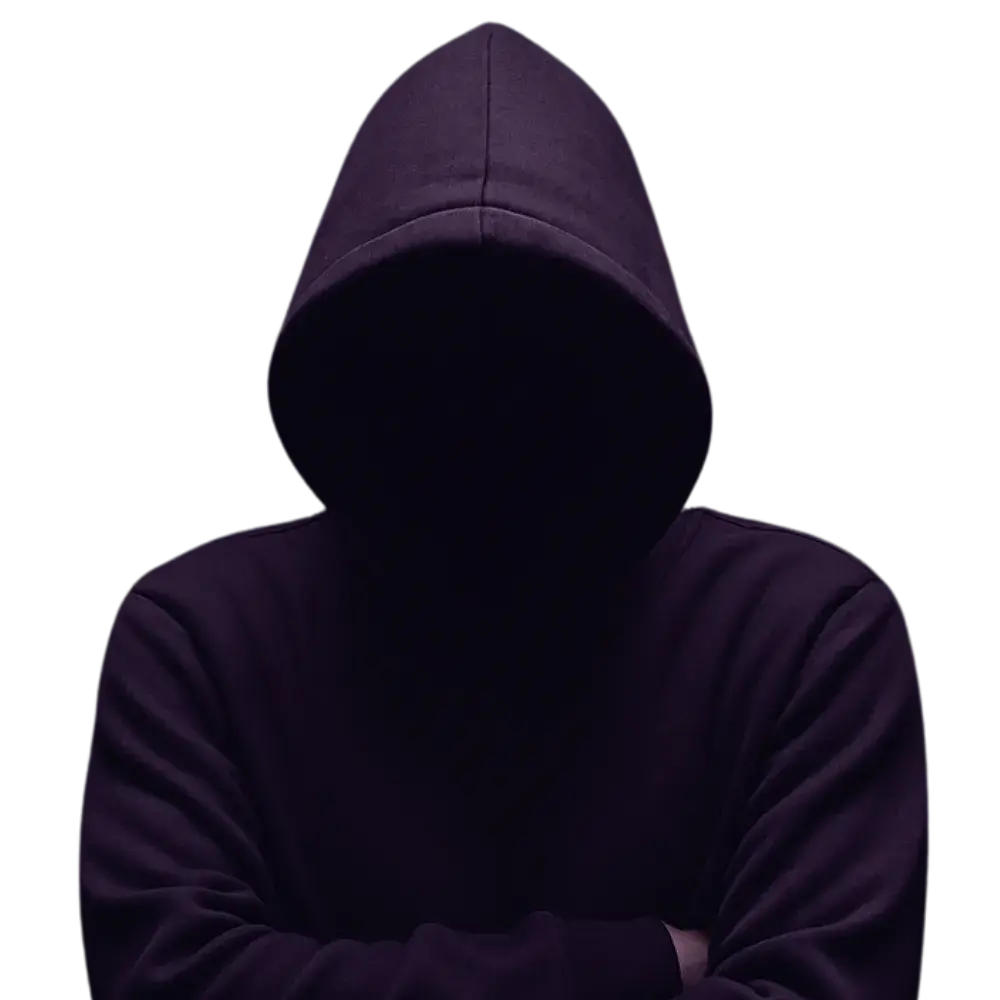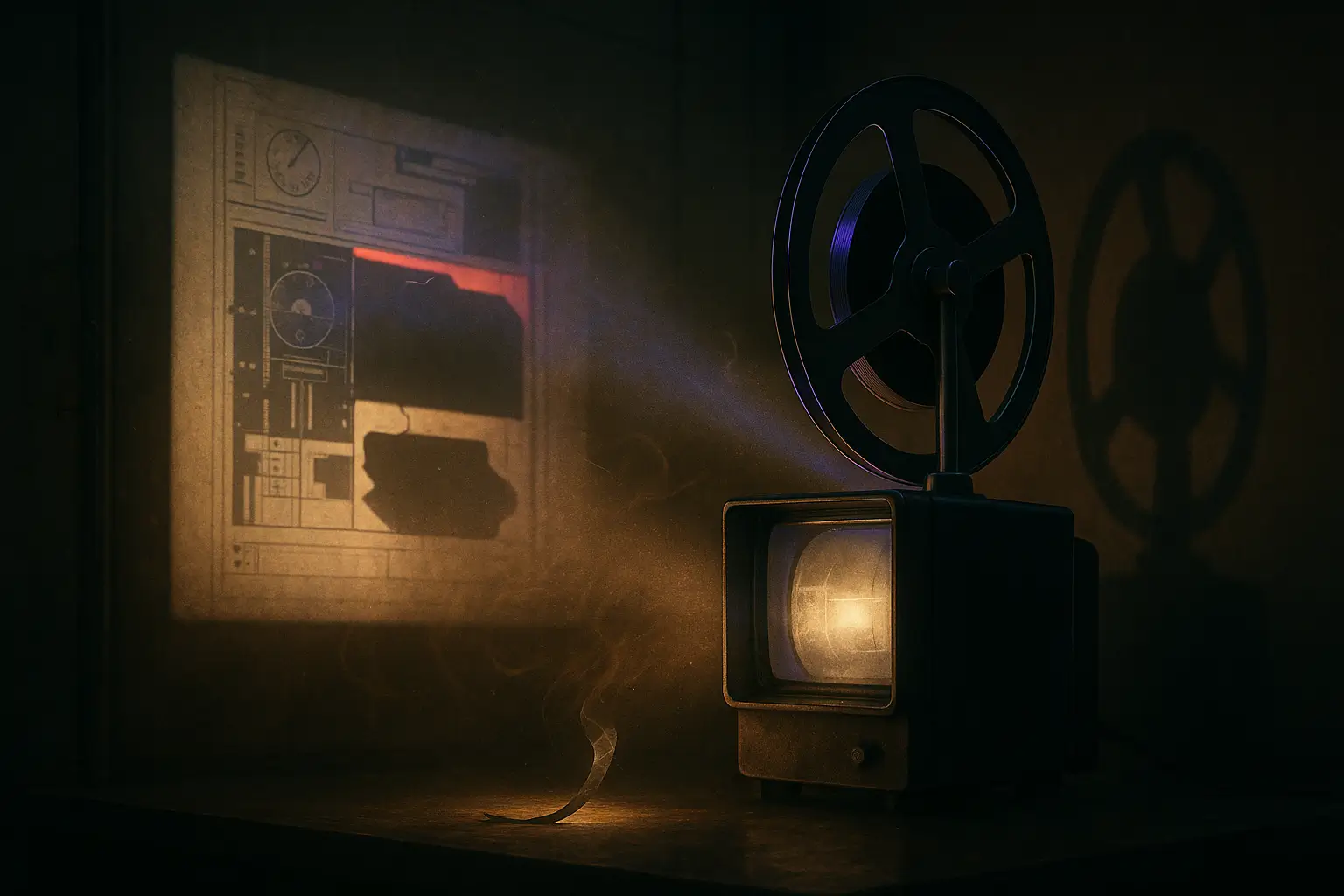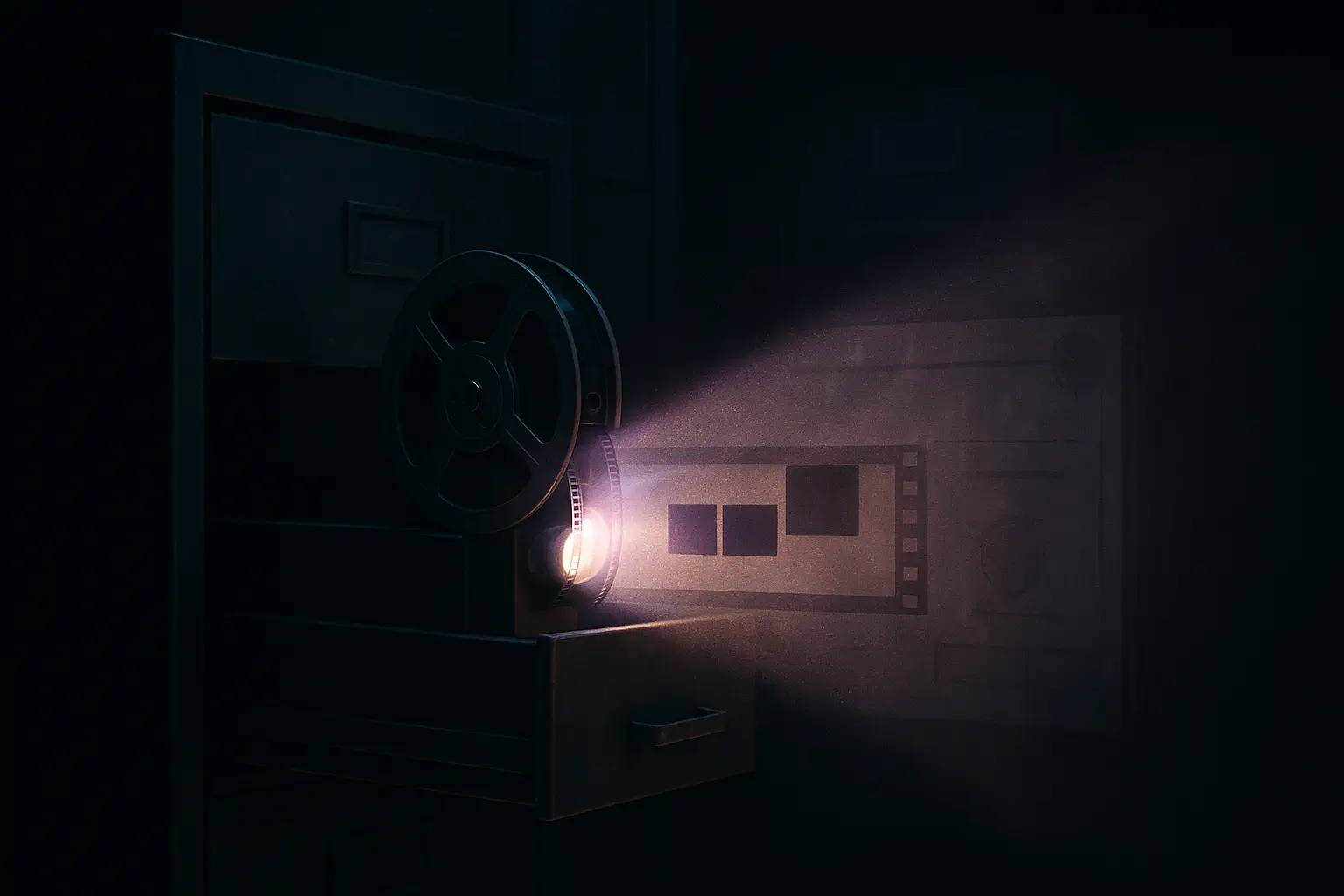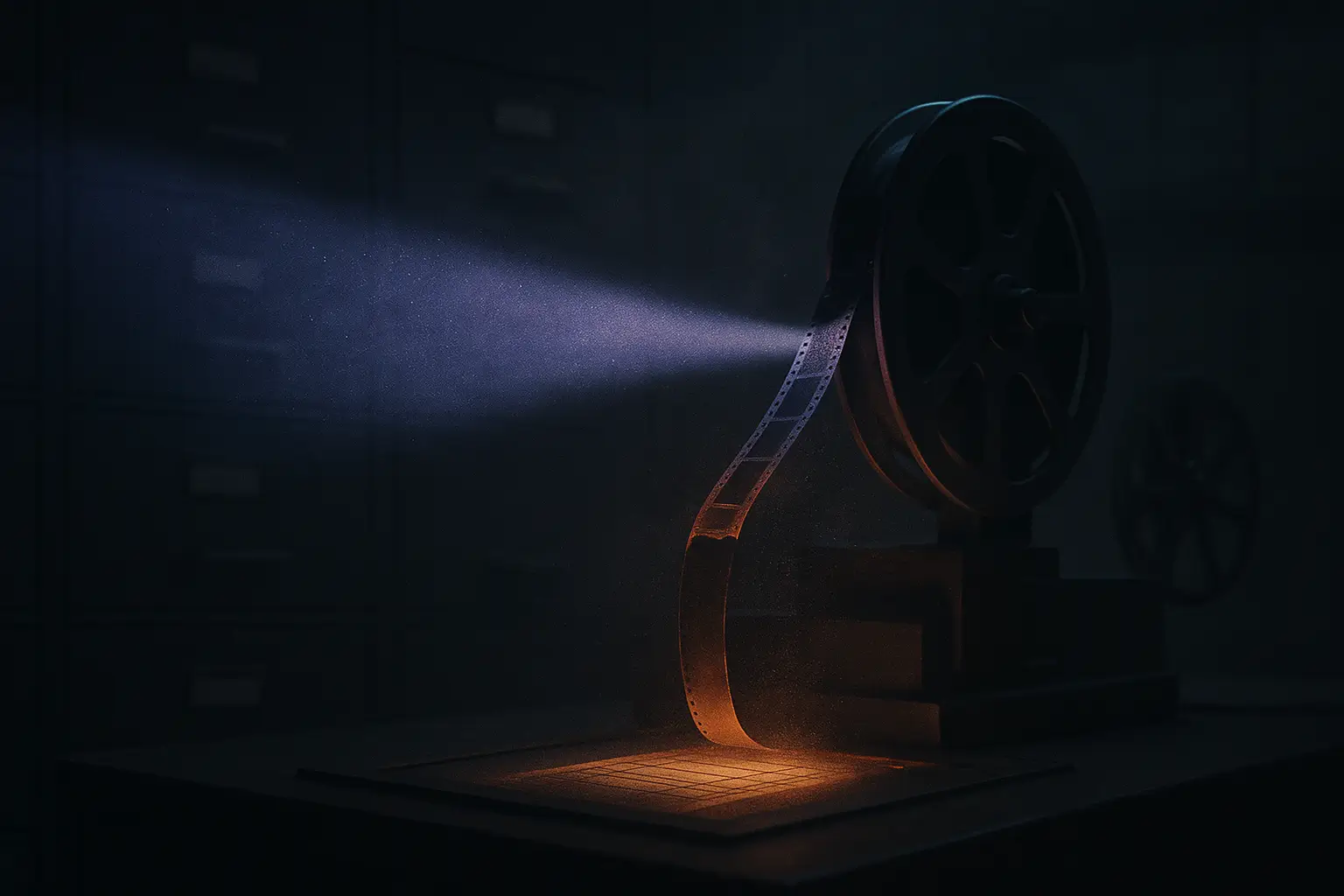Secret Government Experiments Hidden From the Public
Secret government experiments emerge from the shadows, revealing buried truths and cover-ups that shatter the facade of reality we’ve been led to believe.
The room is locked and silent, save for the low hum of fluorescent lights casting a sterile glow over the aged documents on the metal desk. Dust motes dance in the air, visible only when caught in the light’s embrace. Somewhere within these pages lies a truth that those who sealed this room intended to be forever buried. A chill runs through the air, as if the very walls hold their breath in anticipation. Beneath it all, there’s a whisper – a secret yearning to be heard, the kind that trails behind secret government experiments left to fade in the archives.
Beyond the buzzing lights and stale air, a shadowed corner harbors a forgotten filing cabinet, its drawers filled with histories untold. Each file is a relic of machinations that lay beyond the understanding of the common world. Names, dates, and locations are obscured by black lines, but the faint impressions beneath speak to those who know where to look. As of 2025, declassified records, FOIA releases, and stray references in agency reading rooms suggest this is more than myth. The CIA’s Electronic Reading Room (CREST), GAO audits, and holdings at the National Archives consistently show how ambitious programs can exist behind layers of nondisclosure and classification. This is the gateway to what they didn’t want you to know. And once you hear the whisper, it never stops.
In plain terms, secret government experiments are classified research efforts run by agencies or their contractors under national security authorities, often masked by compartmentalization and code names.
What the Video Adds (Quick Summary)
- OS-17 is described as a subterranean complex probing extreme physics; these claims are unverified and absent from public repositories.
- An alleged 1983 anomaly notes a man claiming to be from the year 2146; the file was reportedly scrubbed, leaving a single line: “They know we’re watching.”
- An audio note labeled “Audio File #OS-17-83-A” purportedly warns that the subject does not match known profiles and urges caution.
- References to a “Geneva Vault” suggest a sealed cache inside already compartmentalized records; no independent confirmation exists.
- No corroboration appears in the CIA CREST or the National Archives Catalog; the described redaction patterns resemble known declassified case files.
The First Disruption
It began in the late 20th century, within the steel confines of a nondescript facility known only by its codename: Project Eclipse—an alleged umbrella for classified trials that pushed the limits of human performance and neurological control. Archival notes and redacted memos suggest a program designed to bend human perception and endurance, the kind of operation that, in other eras, surfaced only after congressional inquiries. In more than one document, the phrasing echoes a pattern familiar to historians of secret government experiments: ambitious aims, unstable outcomes, and rapid sanitization of the record.
Definition (unverified): Project Eclipse is described in fragmentary, redacted sources as a clandestine research effort focused on manipulating cognition and stress thresholds, allegedly run under compartmentalized authorities to avoid routine oversight.
Artifact note: GAO files document historic oversight gaps around human-subject programs; see U.S. Government Accountability Office, “Human Experimentation: An Overview on Cold War-Era Programs,” NSIAD-94-266 (1994), corroborating how compartmentalization can impede accountability.
“Subject 32 experienced unanticipated neural disruptions post-administration. Vital readings unstable. Further observation required. Immediate discontinuation advised.” — Excerpt from a redacted lab report, 1983
The project thrived at the margins of ethics, where compartmentalization limits oversight and plausible deniability becomes policy. Investigators who have studied declassified precedents—from Cold War-era files to the CIA’s public reading room—note the same cadence: trial, anomaly, silence. Whether Project Eclipse tied directly to nodes like OS-17 or merely mirrored their methods, the footprints look similar: controlled environments, heavy black lines over names, and outcomes that never quite fit the official narrative. Church Committee records (1975) and subsequent GAO briefings show how these cycles often end—exposure, hearings, and belated guardrails.
The Cover-Up: The Silencing
The initial experiments met catastrophic outcomes, followed by document purges and rapid reassignment of involved personnel. Whistleblowers who moved to speak found their careers curtailed and their testimonies challenged by classification barriers. Researchers familiar with Senate hearings from the late 1970s and GAO audits note that when programs edge beyond lawful oversight, the playbook is consistent: nondisclosure, compartmentalization, and administrative attrition. In this instance, references to Project Eclipse thin out precisely when the risk—and scrutiny—appears to peak.
Direct answer: In practice, a “cover-up” in classified research often involves up‑classifying reports, compartmentalizing access, enforcing NDAs, narrowing distribution lists, and reassigning personnel—steps described in oversight histories, Inspectors General (OIG) reviews, and congressional records. It is alleged that corporate partners and ideological factions within government viewed disclosure as existentially risky. Public exposure would invite regulatory review, IRB scrutiny, and reputational collapse. Historical precedents like MKUltra and the Public Health Service’s Tuskegee Study, brought to light through journalism and declassification, show how secret government experiments can persist until oversight and public pressure force closure. Project MKUltra was a CIA program (1953–1973) that tested drugs and behavioral control techniques on human subjects, often without informed consent, as evidenced in declassified CIA records. The Tuskegee Syphilis Study (1932–1972) withheld treatment from Black men to observe disease progression, leading to the Belmont Report (1979) and modern IRB safeguards. The FBI’s COINTELPRO (1956–1971) targeted activists and civil rights leaders; its files—now public—document covert tactics that later prompted reforms.
The true horror is in the quiet—the ease with which human lives and entire research branches can be erased from public memory with precision. If these operations disappeared so completely, what else lies dormant, waiting for a clerical error, a FOIA release, or a brave archivist to crack the seal? As The Odd Signal has reported, the record often changes not because the facts do, but because access finally does.
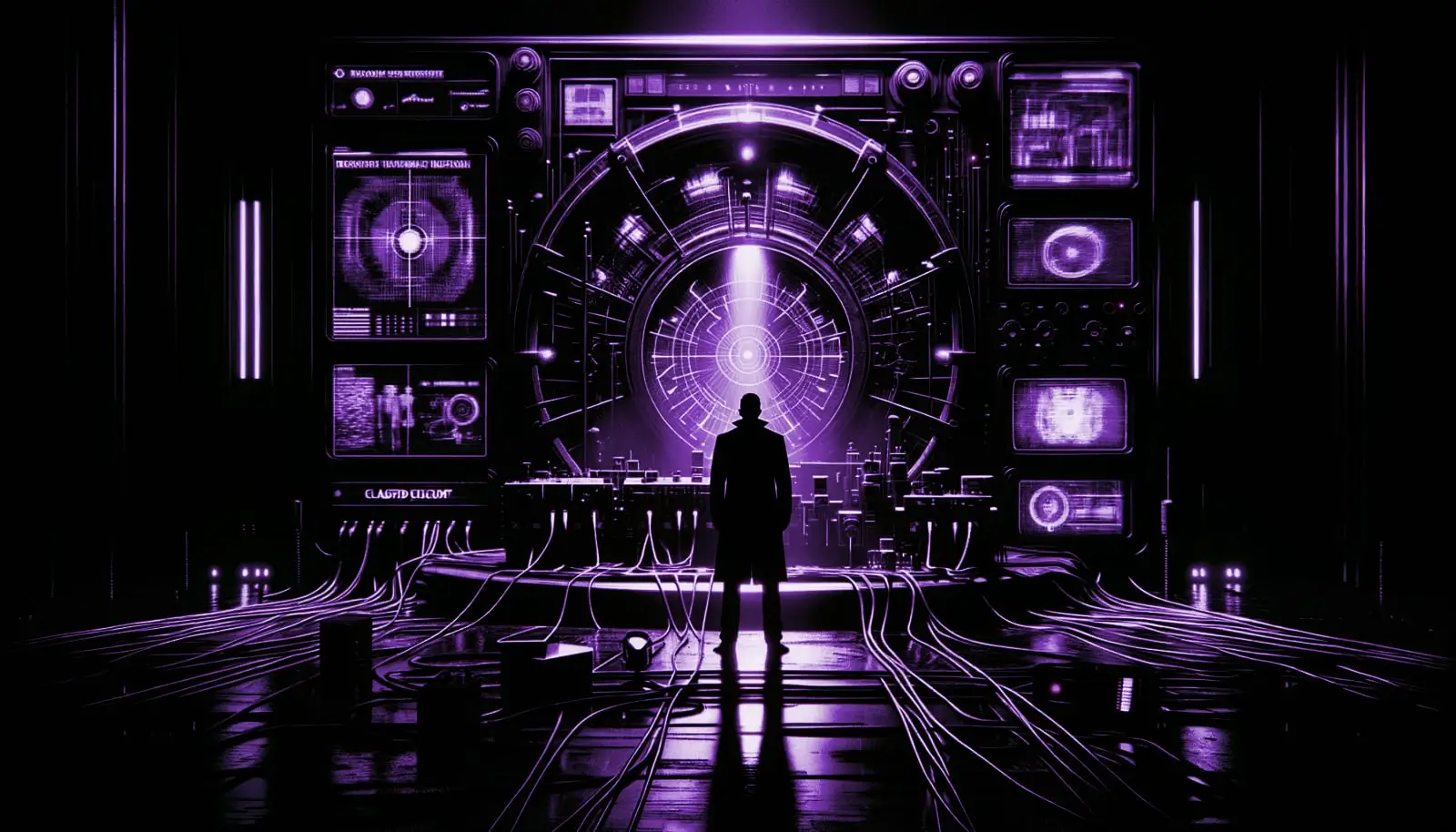
Echoes of the Future
As technology accelerates, new frontiers blur the boundary between innovation and transgression. Artificial intelligence, CRISPR gene editing, and synthetic biology are now mainstream research tracks; DARPA solicitations, NIH programs, and debates in journals like Nature and Science show how rapidly tools outpace rules. Ethicists argue that the lessons of transparency, consent, and independent review should remain nonnegotiable. The Office for Human Research Protections (OHRP), the Belmont Report (1979), and National Academies panels outline those guardrails, yet ambition has a way of arriving ahead of oversight.
Could the specters of these covert programs be less a relic than a template, reused whenever urgency eclipses caution? What remains unexplained is how often classification becomes a substitute for accountability. If the past is prologue, then the next disruption may look familiar—clean corridors, a codename on a door, and a paper trail that evaporates on contact. For readers seeking verification, the National Archives, GAO report libraries, and agency FOIA logs remain the critical map.
Final Transmission
Whispers of the past become the echoes of tomorrow, resonating through the corridors of forbidden science. In the shadows, records linger, waiting for the light—and a witness—to bring them back into view.
To follow the signal deeper, explore the secret government experiments where these anomalies converge, step into the vaults of forbidden science, or browse the conspiracy archive that holds truths too strange to ignore.
Sources Unsealed
- U.S. Senate Select Committee to Study Governmental Operations (Church Committee), Final Report (1975)
- CIA FOIA Reading Room, Project MKUltra Collection (1953–1973)
- FBI Vault, COINTELPRO Files (1956–1971)
- National Archives and Records Administration, National Archives Catalog: Intelligence Oversight and Investigations
- U.S. Government Accountability Office, Human Experimentation: An Overview on Cold War-Era Programs (NSIAD-94-266, 1994)
- U.S. Department of Health & Human Services, The Belmont Report (1979)
Latest Declassified Signals
New drops every week. Dossiers, visuals, anomalies. Truth is never quiet.
They Don’t Want You to Know This
Join the society of the curious. Get early access to leaked findings, hidden knowledge, and suppressed discoveries — straight to your inbox, before they vanish.
